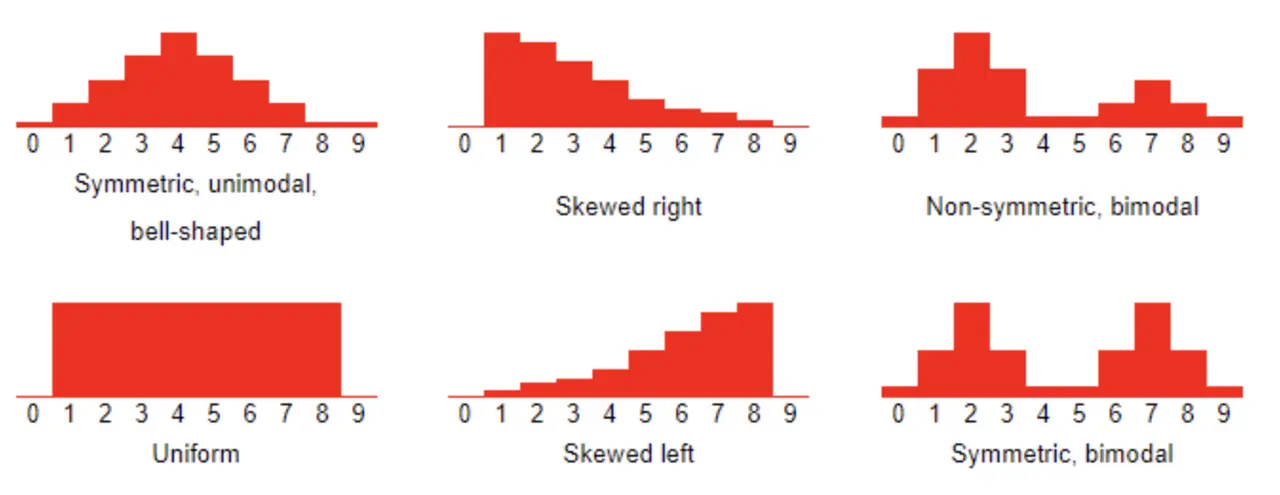Understanding Data Analytics in Law Enforcement
Data analytics is crucial in modern law enforcement. Law enforcement agencies use data analytics to analyze and interpret large sets of data to make informed decisions. Here’s what you need to know about understanding data analytics in law enforcement:
- Data analytics helps law enforcement agencies identify patterns, trends, and relationships within data to support investigations and decision-making processes.
- It enables law enforcement to anticipate and prevent criminal activities by identifying potential risks and threats.
- Data analytics can improve operational efficiency and resource allocation within law enforcement agencies.
- Law enforcement officers use data analytics tools to extract valuable insights from various sources of data, such as crime reports, social media, and surveillance footage.
- Understanding data analytics in law enforcement is essential for creating a safer and more secure environment for communities.
Importance of Secure Data in Law Enforcement
Law enforcement agencies need to keep their data safe from unauthorized access because sensitive information such as criminal records and investigations must be protected. Secure data analytics allow law enforcement to analyze data effectively to solve crimes and identify patterns that can help prevent future criminal activities. Ensuring data security is crucial to maintaining the trust of the public and preserving the integrity of investigations.
Benefits of Secure Data Analytics
Data analytics in law enforcement is crucial for identifying trends, patterns, and anomalies that can help solve crimes faster and more efficiently. Here are some benefits of secure data analytics in modern law enforcement:
- Enhanced Crime Detection: Data analytics can sift through vast amounts of information to identify suspicious activities and potential threats.
- Improved Resource Allocation: By analyzing data, law enforcement agencies can allocate resources more effectively to areas where they are most needed.
- Predictive Policing: Data analytics can help predict where crimes are likely to occur, allowing law enforcement to proactively deploy resources to prevent criminal activities.
- Efficient Investigations: Secure data analytics can streamline investigations by providing valuable insights and evidence to support law enforcement efforts.
Integrating Data Analytics into Law Enforcement Operations
Data analytics can enhance law enforcement operations by providing valuable insights and patterns from large sets of data. Integrating data analytics allows law enforcement agencies to analyze crime trends more effectively and develop strategies to address them. It also helps in predictive policing, where data is used to anticipate and prevent potential crimes. Additionally, it aids in resource allocation, enabling agencies to deploy their personnel and resources more efficiently based on data-driven insights.
Enhancing Decision-Making with Data Analytics
Data analytics assists law enforcement in making informed decisions. By analyzing data, law enforcement agencies can identify patterns, trends, and insights that help them make strategic decisions. Here’s how data analytics enhances decision-making in modern law enforcement:
- Identifying trends: Data analytics can help law enforcement agencies identify trends in criminal activities, enabling them to allocate resources effectively and prevent future crimes.
- Predictive policing: By analyzing historical data, law enforcement can predict where crimes are likely to occur, allowing them to proactively deploy resources to prevent criminal activities.
- Resource optimization: Data analytics helps law enforcement agencies optimize the allocation of resources by identifying areas of high crime rates, enabling them to focus their efforts where they are most needed.
- Enhancing investigations: Analyzing data can provide crucial insights during investigations, helping law enforcement agencies solve cases more efficiently and effectively.
- Real-time monitoring: Data analytics enables law enforcement to monitor events in real-time, allowing them to respond swiftly to emergencies and potentially prevent crimes from happening.
In summary, data analytics plays a crucial role in enhancing decision-making in modern law enforcement by providing actionable insights, improving resource allocation, and enhancing overall operational efficiency.
Ensuring Data Security in Law Enforcement
Law enforcement agencies must ensure that the data they use for analytics is secure. This is crucial for maintaining the integrity and confidentiality of sensitive information. Measures such as encryption, access controls, and regular system audits help safeguard data from unauthorized access or breaches. Additionally, training employees on data security best practices is essential to prevent potential vulnerabilities.
Challenges of Implementing Secure Data Analytics
Integrating secure data analytics in law enforcement encounters hurdles due to the sensitive nature of the data. Law enforcement agencies must navigate legal restrictions, privacy concerns, and the need for specialized training. Ensuring data integrity and preventing unauthorized access are critical challenges. Additionally, the vast amount of data collected poses challenges in terms of data storage and processing to derive valuable insights efficiently.
Tools and Technologies for Secure Data Analytics
Tools and technologies play a crucial role in ensuring secure data analytics for modern law enforcement. Here are some key elements to consider:
- Encryption: Utilized to safeguard sensitive data and communications from unauthorized access.
- Access Controls: Restricting access to data based on user roles and permissions.
- Data Masking: Concealing sensitive information to protect privacy.
- Firewalls and Intrusion Detection Systems (IDS): Enhancing network security by monitoring and blocking suspicious activities.
- Secure Cloud Storage: Securely storing data in the cloud with encryption and access controls in place.
- Data Loss Prevention (DLP): Preventing the unauthorized transmission of sensitive data.
- Secure Data Transmission Protocols: Ensuring secure data transfer between systems and networks.
These tools and technologies are imperative for enabling effective and secure data analytics practices in law enforcement operations.
Training and Education for Law Enforcement Personnel
Law enforcement personnel require specialized training and education to effectively utilize secure data analytics in modern practices. Through proper training, officers can learn how to gather and analyze data to support law enforcement operations and decision-making processes. This training equips them with the necessary skills to navigate through vast amounts of data in order to identify trends, patterns, and potential threats. Additionally, educating personnel on data privacy laws and ethics ensures that they handle sensitive information responsibly and within legal boundaries.
Future Trends in Secure Data Analytics in Law Enforcement
In the future, law enforcement will increasingly rely on advanced data analytics techniques to enhance their operations. This means using powerful technology to analyze data more efficiently and effectively. Here are some future trends to watch out for:
-
Predictive Policing: Law enforcement agencies will likely use data to predict where crimes might happen, allowing them to allocate resources more strategically.
-
Improved Data Security: As data analytics become more prevalent, there will be a greater emphasis on securing sensitive information to protect against cyber threats.
-
Integration of Artificial Intelligence: AI tools will be used to process and analyze vast amounts of data quickly, helping law enforcement agencies identify patterns and make informed decisions.
-
Collaboration with Other Agencies: Expect to see increased collaboration between law enforcement agencies to share data and intelligence, leading to more cohesive and coordinated efforts in crime prevention and investigation.
Keep an eye on these trends as they shape the future of secure data analytics in law enforcement.




 520 838 0346
520 838 0346 sales@zinatt.com
sales@zinatt.com











